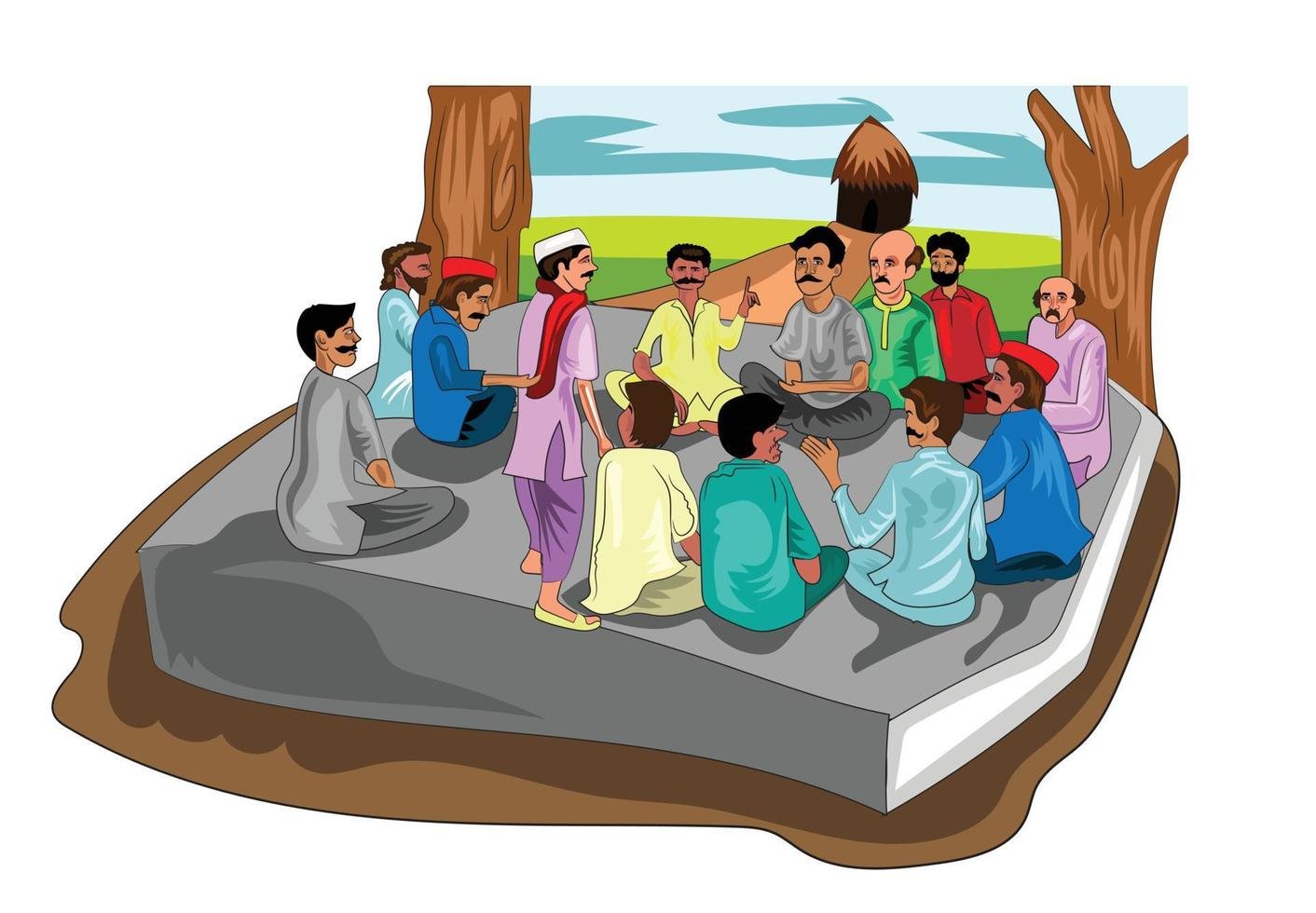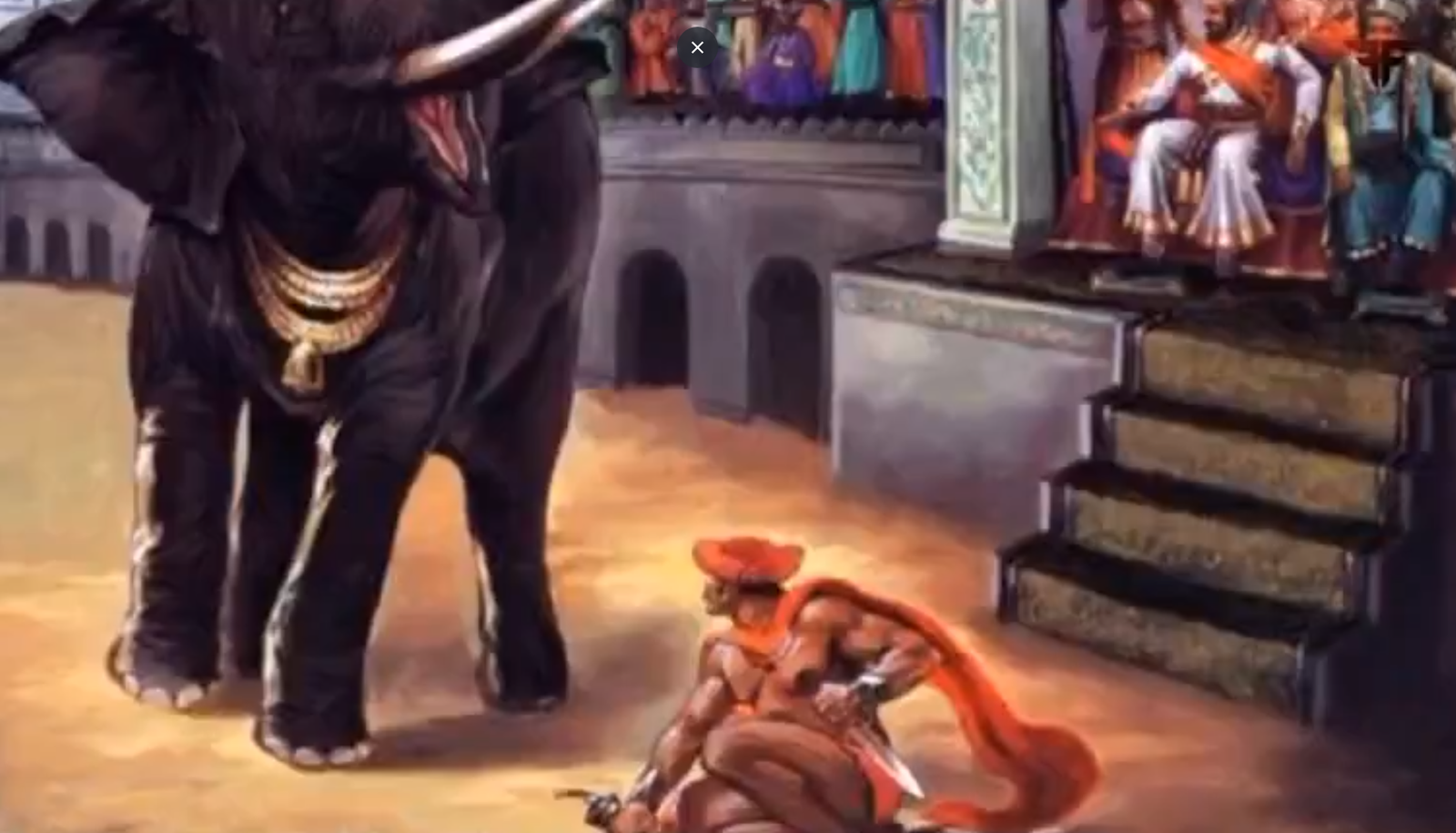Kulawaka Jathakaya is a treasured story from the Jataka tales, illustrating deep moral lessons. This tale emphasizes the significance of wisdom and virtue in overcoming challenges. Readers will find that Kulawaka offers insights into the values cherished in ancient cultures.

Kulawaka Jathakaya: Exploring the Historical Significance and Interpretations
The narrative follows a clever creature whose adventures teach vital lessons about life and ethics. Each character and event in the story contributes to its rich layers of meaning, making it relevant even today. The blend of imagination and morality invites readers to reflect on their own lives.
The history and adaptations of Kulawaka Jathakaya reveal its cultural importance and ongoing relevance. As it continues to be retold in various forms, this tale serves as a bridge connecting past wisdom with present-day values.
Key Takeaways
- Kulawaka Jathakaya teaches timeless lessons on wisdom and virtue.
- The story’s rich narrative reveals important moral values.
- Adaptations of the tale show its lasting cultural significance.
Origins and Significance
The “Kulawaka Jathakaya” is an important narrative within Buddhist literature. It offers insights into the values and teachings of Buddhism. This section explores its context in Buddhist texts and its cultural influence in South Asia.
Buddhist Literature Context
The “Kulawaka Jathakaya” is part of a larger collection of Jataka tales. These stories recount the past lives of Siddhartha Gautama, who became the Buddha. The tale of Kulawaka emphasizes moral lessons such as kindness, wisdom, and the consequences of one’s actions.
Within Buddhist literature, these tales serve to teach followers about ethical living. They also show the importance of compassion and selflessness. The Jataka tales are often used in schools and temples to educate both children and adults about Buddhist teachings.
Cultural Impact in South Asia
The “Kulawaka Jathakaya” has left a strong mark on South Asian culture. Artists, poets, and storytellers have used these tales as inspiration for their work. This story promotes values such as friendship and sacrifice, which resonate deeply within local communities.
Moreover, the tale has been adapted into various forms, including dance, theatre, and literature. It encourages audiences to reflect on moral choices. The impact of Kulawaka extends beyond religious teachings; it shapes social norms and community values throughout South Asia.
Narrative Overview
The narrative of “Kulawaka Jathakaya” features a fascinating tale centred around themes of morality and transformation. It highlights significant events and character dynamics that shape the story’s message.
Plot Synopsis
“Kulawaka Jathakaya” tells the story of a wise and powerful bird named Kulawaka. He has the ability to shape-shift and often finds himself in challenging situations. His journey begins when he encounters a king who faces a threat from a powerful enemy.
As Kulawaka helps the king, he uses his intelligence to devise clever solutions. Throughout the tale, he encounters various challenges that test his courage and wisdom. The story emphasizes the importance of moral choices and the impact of one’s actions on others. In the end, Kulawaka’s cleverness and bravery lead to redemption for himself and those around him.
Main Characters and Roles
The main character, Kulawaka, represents wisdom and resourcefulness. He embodies the qualities of a hero, often using his abilities to help others. The king plays a crucial role as Kulawaka’s ally, representing authority and vulnerability. He relies on Kulawaka’s guidance to navigate complex problems.
Other important characters include the enemy, who embodies greed and power. Their actions create conflict, pushing Kulawaka to act. Supporting characters add depth to the story, each contributing to Kulawaka’s journey and the overall theme of justice. Together, these characters build a rich narrative that explores complex moral issues.
Once upon a time, there was a rich family. Their son was called “Magha”. Magha observed the five precepts and lived according to them. One day Magha called a meeting. Thirty young boys from 30 families lived in the village.
They discussed various matters. They wanted to develop their village. Magha had very good leadership skills. Using those, Magha started to lead the team.

kulawaka jathakaya
At first, Magha cleared public places and made the place beautiful, clean and tidy. Then a person said, “I want this place”, Magha handed it over to him and moved to another place and started cleaning. Every place that Magha cleaned, somebody else requested it for themselves.

kulawaka jathakaya
Finally, he cleaned up a place for himself, grew plants swept well. Made a pond, put up benches and kept pots of water for people to drink. It was beautiful.
He explained to his 30 team members the importance of practising the five precepts. He explained the importance of helping others and gave kindness to all. Magha and his friends developed the entire village.
All the people in the village observed pansil and followed it in their daily life. So they never killed animals. Never sell or drink any alcohol. The village chieftain lost his share of money from meat and alcohol sales due to this.
Therefore, he went to the king and complained about the situation telling lies about Magha and the team. King thought Magha and the team were robbers. So the king ordered Magha and their team to be killed by elephants. Magha and the team together decided to spread Metta to the elephants, king and chieftain.

kulawaka jathakaya picture
Elephants refused to kill Magha and the team. The king was surprised. He ordered his staff to check whether Magha and the team knew of any medicine or secret for chasing elephants away. But they couldn’t find anything. Finally, King asked the reason.
Magha said, “We observe five precepts and we lived up to them. We followed it. It is our foundation. By using it we developed our village and also all the villagers.”
The king understood what they did. King forgave the entire team. All the treasure belonging to the chieftain was given to Magha and the team. King supported Magha and the team to do more merits.
“The fragrance of Seela is stronger than the fragrance of flowers.”
Activity
1. Who was Magha?
2 What did Magha and his friends do?
3 What are the five precepts?
4 What are the learnings we can get from the lesson?
Read About: Let’s learn about the Buddhist flag







Leave a Comment